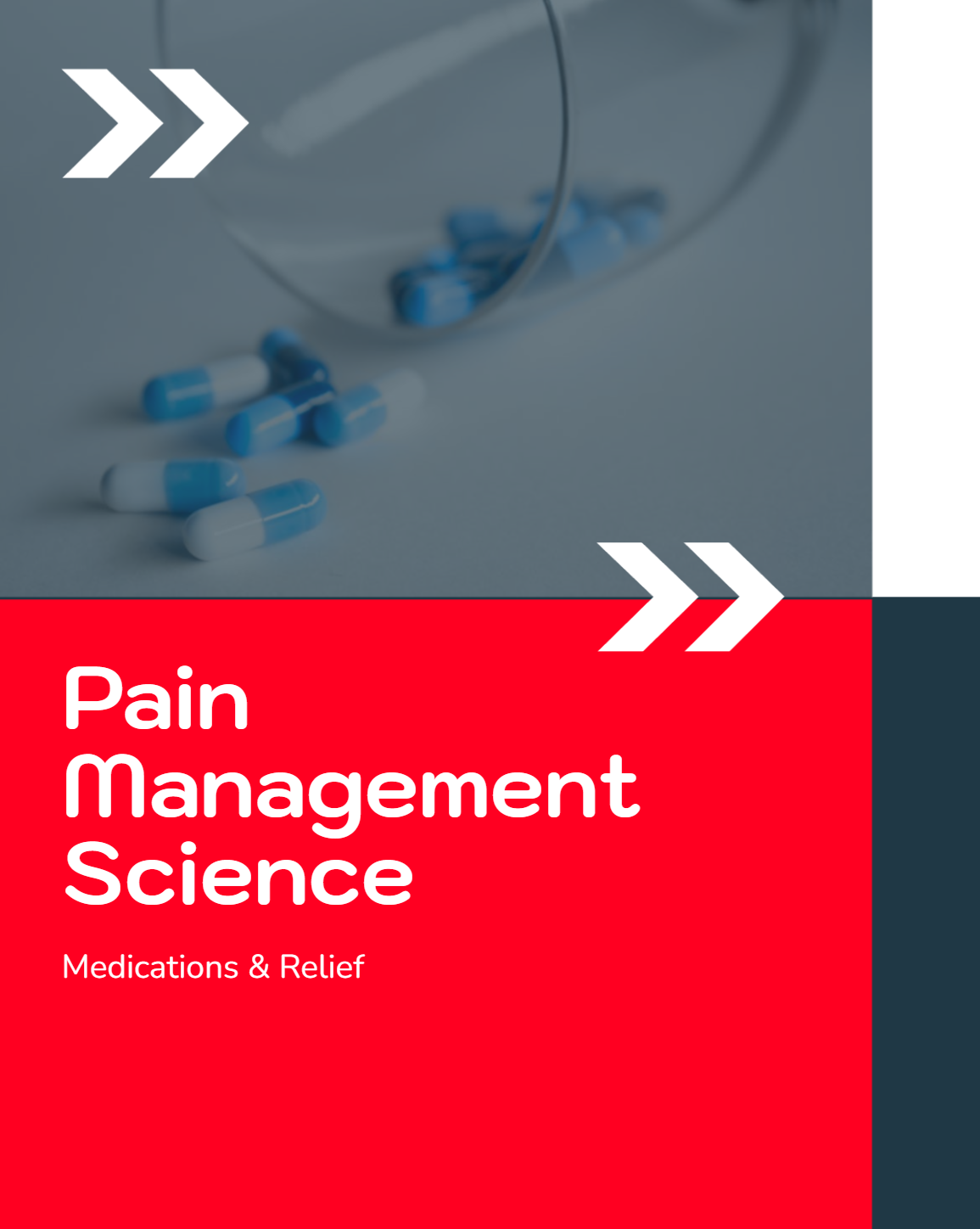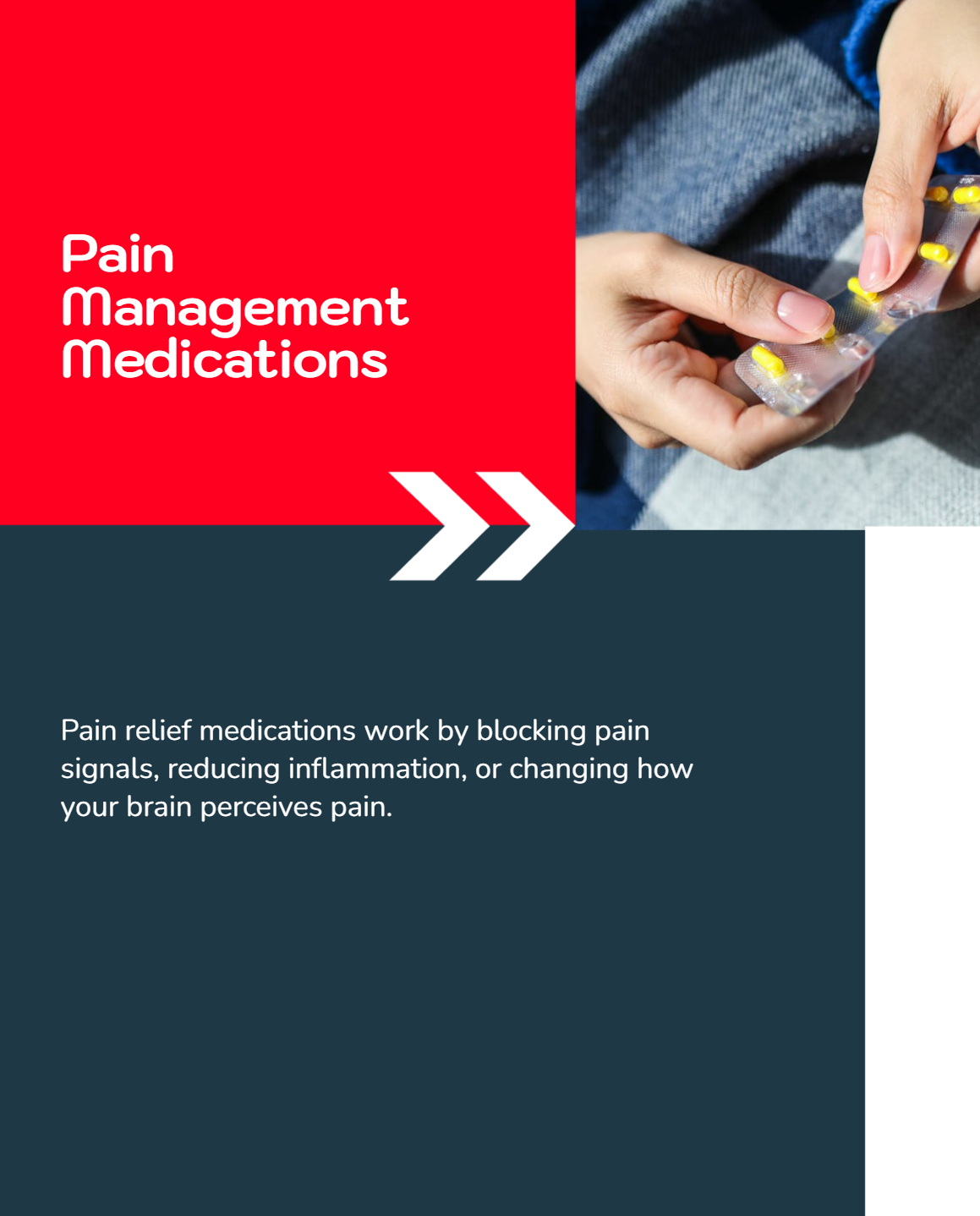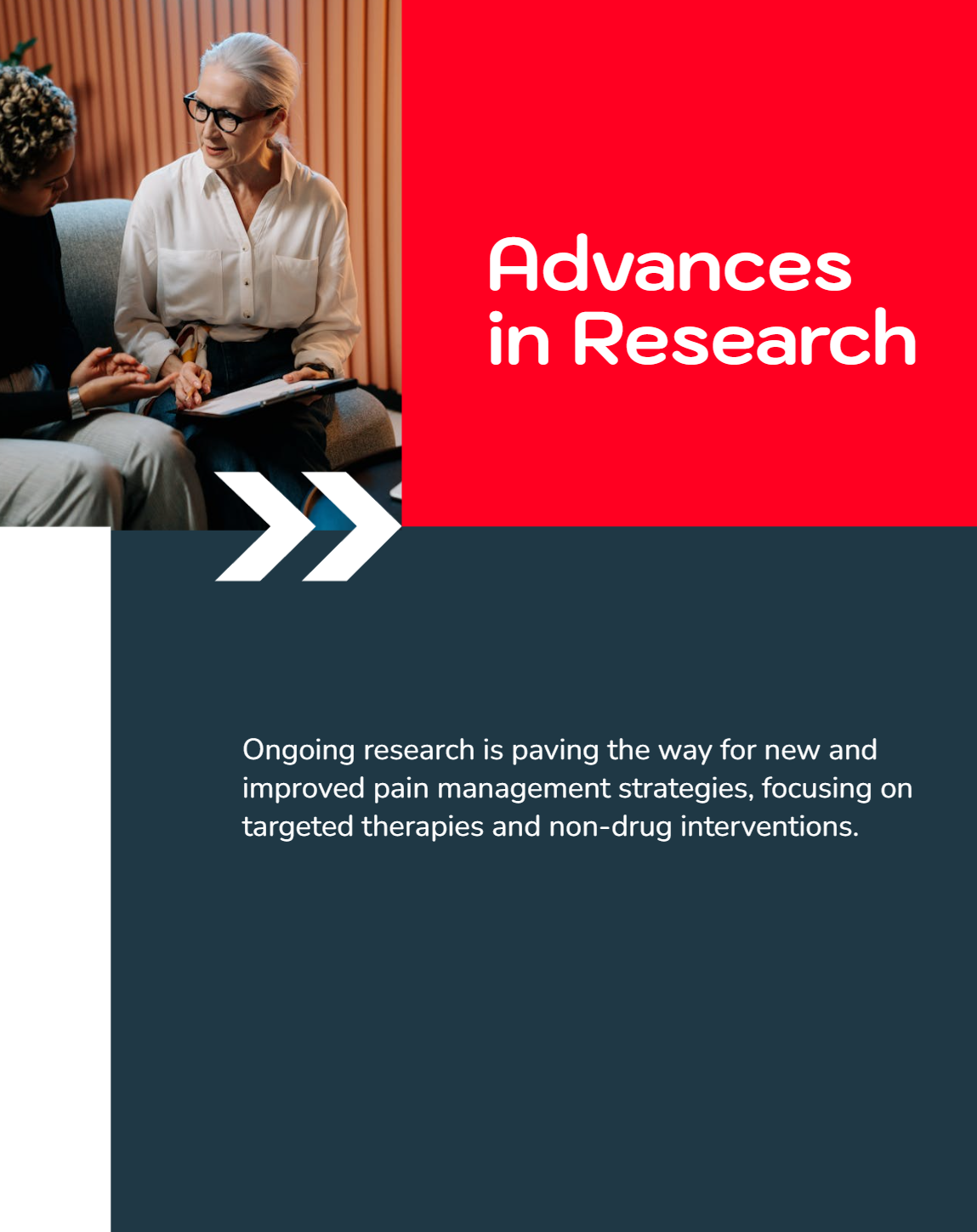
Pain is a universal experience, yet it manifests differently for everyone. Effective pain management is a cornerstone of modern medicine, offering relief to those suffering from acute or chronic pain. At its core, pain management revolves around understanding the causes of pain and the science of medications designed to alleviate it. This article delves into the mechanisms, types, and effectiveness of various pain management medications.
Pain is the body’s way of signaling that something is wrong. It can be classified into several categories:
Acute pain arises suddenly and is often linked to injury or surgery. It typically resolves as the underlying cause heals. Common examples include post-surgical pain and fractures.
Chronic pain lasts for months or even years, often persisting beyond the expected period of healing. Conditions such as arthritis, fibromyalgia, and neuropathy fall under this category.
This type of pain results from tissue damage. It is further categorized into:
Caused by nerve damage, this pain often feels like burning or tingling. Examples include diabetic neuropathy and sciatica.

Pain management medications aim to either block pain signals or alter the way the brain perceives pain. These drugs are categorized based on their mechanisms and applications.
OTC pain relievers are accessible and effective for mild to moderate pain. Common types include:
For severe or persistent pain, prescription medications are often required. These include:

Understanding how pain medications work can help patients and healthcare providers choose the most effective treatment.
Some medications, like local anesthetics, block the transmission of pain signals from nerves to the brain.
NSAIDs target inflammation, a common source of pain, by inhibiting the enzymes responsible for producing inflammatory chemicals.
Certain drugs adjust the levels of neurotransmitters, the brain’s chemical messengers, to change the perception of pain.
Opioids work by binding to receptors in the central nervous system, altering the brain’s response to pain.

Pain is subjective, making personalized treatment plans crucial. Factors such as age, medical history, and the type of pain influence medication choice.
Every medication carries potential risks. For example:
In some cases, combining medications with physical therapy, acupuncture, or mindfulness techniques provides better outcomes.

Ongoing research continues to revolutionize pain management.
Scientists are developing drugs that target specific pain pathways, minimizing side effects.
Innovations such as transcutaneous electrical nerve stimulation (TENS) and biofeedback are gaining traction.

Pain management is both a science and an art, requiring a deep understanding of the underlying causes and available treatments. By leveraging advancements in medicine and tailoring treatments to individual needs, patients can achieve significant relief and improved quality of life. Staying informed and collaborating with healthcare providers are key to effective pain management.
Side effects vary depending on the medication but may include nausea, dizziness, constipation, and allergic reactions.
While some combinations are safe, always consult a healthcare provider to avoid harmful interactions.
Yes, physical therapy, acupuncture, and relaxation techniques can complement or replace medications.
The choice depends on the type and severity of pain, as well as your medical history. A doctor’s guidance is essential.
Long-term use can lead to dependency or other health issues. Regular medical evaluations are crucial to mitigate risks.
 08.12.2024
08.12.2024